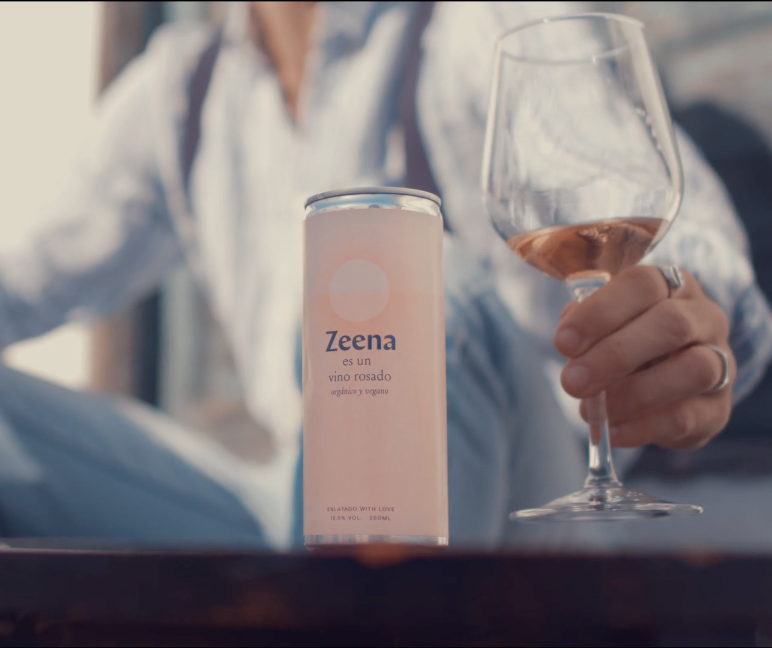How is rosé made?

Welcome to la vie en rose!
In the previous article we told you the secret of how red wine is made, today we will tell you “Zeena Rosé”, we are going to talk about rosé wine.
Technically, rosé wine is produced in a different way than red wine. It is true that it is made with red grapes, but its production process follows the parameters of white wine, with a slight variation: the maceration times. Once pressed, a few hours later, the wine is bled. A lighter color is obtained due to the little contact it has with the wine lees and with all the solid matter of the grapes. They are one of the most complex wines to make and are usually the most difficult for winemakers to work with, given the complex production.
Rosé wines extract their color in the same way as a red wine. The must comes into contact with the red grape skins during fermentation. However, the difference between the two types of winemaking is that the contact is shorter in rosé wine.
The color of a rosé wine will be determined by the time the must, which is almost colorless, is in contact with the grape skins during the maceration time. Thus, the longer the wine is in contact with the grape skin, the darker the color of the rosé will be.
According to historians, rosé was the first wine that was made in ancient times. Surprising, isn’t it? The Egyptians and the Greeks pressed the grapes with their feet and fermented it for a short time. They revered the brightness and the resulting pink hue of the final product – imagine if they saw our new rosé wine and its bright, delicate pink hue! They would be stunned!
Over time, winemakers discovered that if they let the fruit with its skin and seeds rest for a longer period of time, a much more aggressive and powerful wine in both flavor and aroma was achieved. Rosé wine became red, and for a long time, it practically fell into oblivion.
From the 21st century onwards, many wineries began to make it again. Rosé wine started its comeback.
Now that we know its history (you are welcome for this bit of knowledge!), let’s see how it is made:
Rosé wine is made with the same grapes as red wine,we could say that rosé wine is a red wine with little maceration. For this reason it is also known by the name of “one-night wine” (like some of our acquaintances ????) or “one-day wine”. It practically shares the same production methods as white wine; the difference is that in rosé wine yolks and first musts are used to achieve the pinkish tone that characterizes it so much. There are three ways of production:
Contact with the skins. After destemming, the must rests with the skins for a relatively short period of no more than 16 hours. The fermentation process begins, called virgin fermentation due to the absence of the skins, at a controlled temperature.
Bleeding. When you want to give more tannins and color to a red wine, part of the pink juice can be removed at an early stage. The red remaining in the vats is intensified as the total volume is reduced, and the must from the maceration is concentrated. The pink juice that is separated can be fermented individually to produce rosé wine.
By blending. Much more infrequent than the previous ones. It consists of mixing red and white wine.
Rosé wine should be served between 7 and 8 degrees, although if it is a sparkling wine the temperature can be 2 or 3 degrees less. But as with all our wines, we leave it to the consumer’s taste! Zeena is #aSipOfFreedom, so we recommend drinking it whenever and however you want!
Rosé wine is generally consumed more in summer, although it must be said that they are suitable wines for any time of the year and pair well with a wide variety of dishes.
I bet you fancy a glass of fruity rosé now, go try our Zeena Rosé. Tt will totally win you over!
Cheers!
